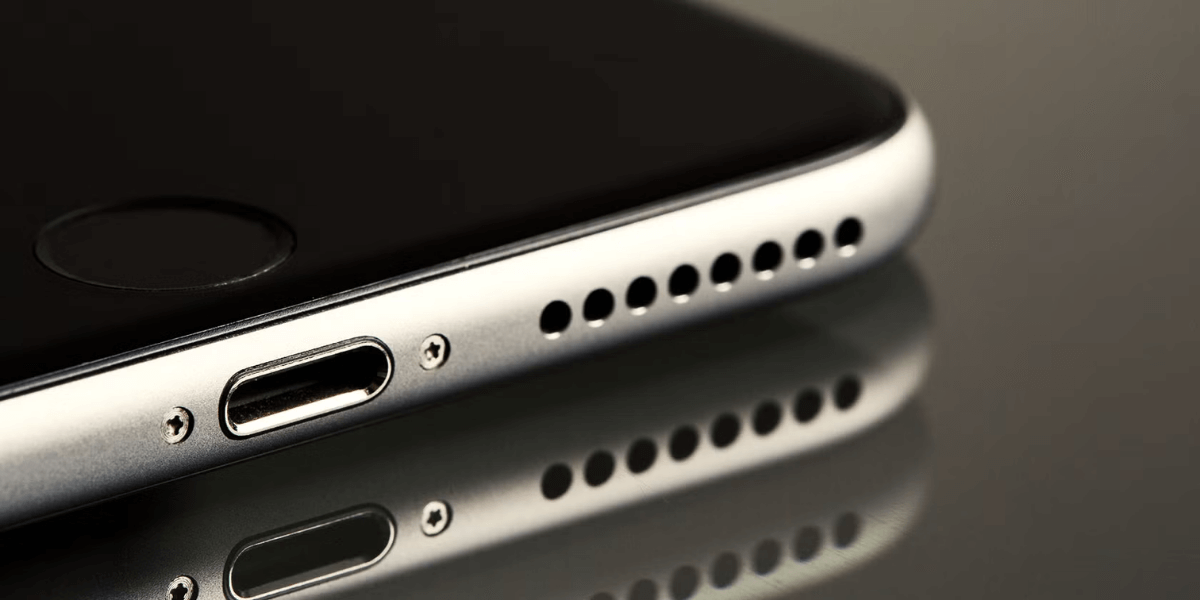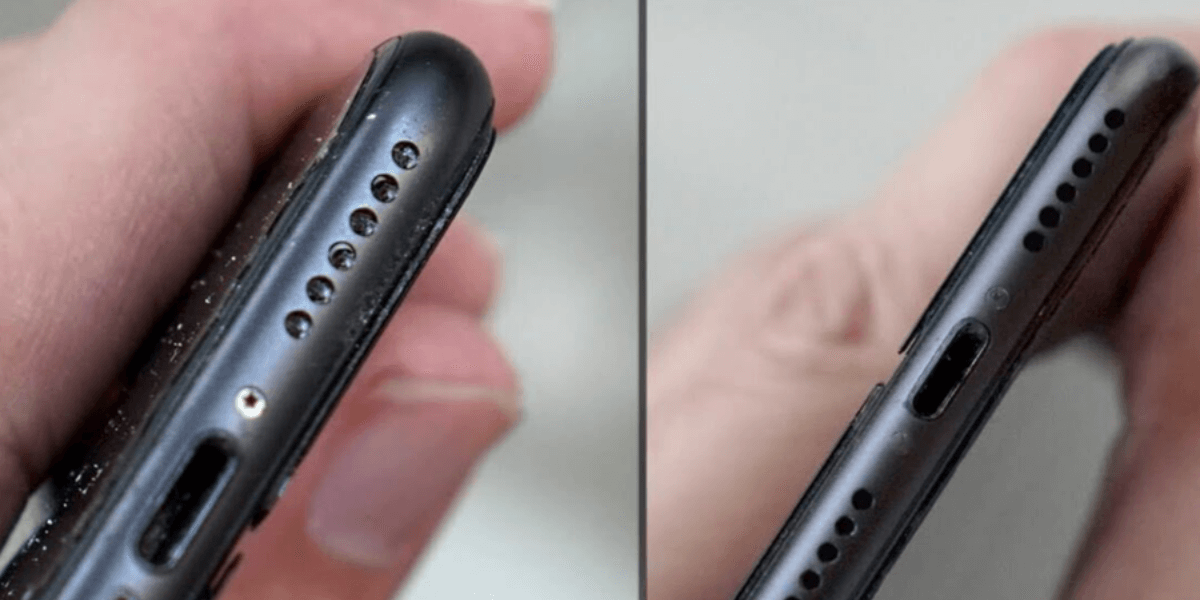A muffled, crackling, or completely silent phone speaker can be incredibly frustrating, especially when you rely on your device for calls, music, or videos. Whether it’s a sudden issue or a gradual decline in sound quality, there are practical steps you can take to diagnose and resolve the problem.
This blog explores common reasons for phone speaker issues and provides detailed, user-friendly solutions to get your audio back to its best. Let’s dive into why your phone speaker might not work and how to fix it.
Why Is My Phone Speaker Not Working?
Understanding the root cause of your phone speaker issues is the first step toward fixing them. Several factors can lead to poor or no sound output, ranging from simple software glitches to hardware damage. Here are the most common culprits:
- Software Glitches: Updates or bugs can disrupt your phone’s audio settings, causing speaker malfunctions.
- Dirt and Debris: Dust, lint, or grime can accumulate in the speaker grille, muffling sound or blocking it entirely.
- Water Damage: Exposure to moisture, even if minimal, can affect the speaker’s performance.
- Volume Settings: The volume can be muted, set to low, or the phone can be put in silent mode.
- Hardware Issues: Physical damage, such as a fall or internal component failure, can impair the speaker.
- Bluetooth or Audio Routing: Your phone might be connected to a Bluetooth device or have audio routed elsewhere, preventing sound from the speaker.
Identifying the cause helps choose the best solution. Let’s explore troubleshooting and fixing these issues.
How to Fix Phone Speaker Issues?
Before rushing to a repair shop, try these practical steps to restore your phone’s speaker functionality. They’re arranged from simplest to more involved, so you can work through them systematically.
1. Check Basic Settings
Start with the basics to rule out simple oversights:
- Volume Levels: Ensure the media and call volume are turned up. Use the side volume buttons on most phones or check Settings > Sound.
- Silent Mode: Confirm your phone isn’t in silent or Do Not Disturb mode. On iPhones, check the mute switch on the side. For Android, swipe down the notification panel to toggle sound modes.
- Bluetooth Devices: Go to Settings > Bluetooth and disconnect any paired devices to ensure audio isn’t being routed elsewhere.
- Restart Your Phone: A quick reboot can resolve temporary software glitches. Hold the power button, select Restart or Power Off, and then turn the phone back on.
If these don’t work, move on to the next steps.
2. Update Software
Outdated software or buggy updates can cause audio issues. To check for updates:
- iPhone: Go to Settings > General > Software Update.
- Android: Navigate to Settings > System > Software Update (or System Update, depending on the model).
Install updates and restart your phone. If the issue persists, reset audio settings (Settings > General > Reset > Reset All Settings on iPhone or similar on Android), but this may clear some preferences.
3. Test the Speaker
To confirm whether the speaker itself is the problem, try these tests:
- Play music or a video to check the media audio.
- Make a call on speakerphone to test the call speaker.
- Use a diagnostic tool. Some Android phones have built-in diagnostics (e.g., Samsung’s #0# code in the dialler). Third-party apps like Speaker Tester can help with iPhones.
If one speaker works but another doesn’t (e.g., the bottom speaker but not the earpiece), it may indicate specific hardware damage.
4. Inspect for Physical Damage
Examine your phone for signs of damage, especially around the speaker grille. The speaker may be affected if you’ve dropped your device or exposed it to water. If you suspect water damage, place the phone in a bag of uncooked rice or silica gel for 24 hours to absorb moisture, though this isn’t foolproof. Professional repair may be necessary for hardware issues, but try cleaning first.
How to Clean Phone Speaker Safely
Dirt and debris are common causes of muffled or blocked speakers. Cleaning the speaker grille can significantly improve sound quality, but it must be done carefully to avoid damage. Here’s a step-by-step guide:
What You’ll Need
- Soft-bristled toothbrush (clean and dry)
- Compressed air (optional, low pressure)
- Adhesive putty (like Blu-Tack) or masking tape
- Cotton swab
- Isopropyl alcohol (70% or higher, optional)
- Microfibre cloth
Steps to Clean Your Phone Speaker
- Power off the Phone: Prevents damage and ensures safety.
- Remove Case: Clear access to the speaker grille.
- Use Putty/Tape: Roll Blu-Tack or masking tape into the grille to pull out debris. Press gently and lift slowly.
- Brush Gently: Use a soft-bristled toothbrush to dislodge dirt, brushing in one direction.
- Compressed Air (Optional): Use short bursts, holding the can upright and at a distance.
- Clean with Alcohol (If Needed): Dampen a cotton swab with isopropyl alcohol and gently wipe the grille. Avoid soaking to prevent liquid from entering the phone.
- Dry and Test: Wipe with a microfibre cloth, air dry for 10 minutes, and then test the speaker with a music call.
Important Tips
- Avoid Sharp Objects: Never use pins or needles, as they can puncture the speaker mesh.
- Don’t Blow Air with Your Mouth: This can introduce moisture and worsen the issue.
- Be Gentle: Excessive force can damage the delicate speaker components.
After cleaning, test the speaker again. If the sound is still poor, the issue may be internal.
When to Seek Professional Help
If the above solutions don’t work, the issue may be hardware-related, like a damaged speaker or loose connection. Contact your phone manufacturer or a trusted repair service. If your phone is under warranty, check with the retailer or brand to avoid voiding it. Be ready to share when the problem started and what you’ve done so far.
If your phone speaker isn’t working, instead of buying a new phone, you should think about using a mobile phone repair service. At Fone World Hove, we have the best experts ready to help you make the most of your existing digital devices. Our team can repair your phone’s speaker in record time!
Preventing Future Speaker Issues
To keep your phone speaker in top condition:
- Use a protective case with covered ports to reduce dust buildup.
- Avoid exposing your phone to water or high humidity.
- Regularly clean the speaker grille (every 1–2 months) using the safe methods above.
- Keep software updated to prevent audio-related bugs.
Final Thoughts
A malfunctioning phone speaker doesn’t always mean an expensive repair. By troubleshooting software issues, checking settings, and safely cleaning the speaker grille, you can often resolve the problem yourself. Professional help is the next step if the issue persists, but these DIY fixes can save time and money. Keep your phone’s speaker clear and your audio crisp with regular maintenance and care.

